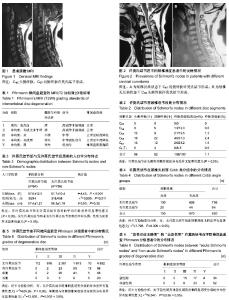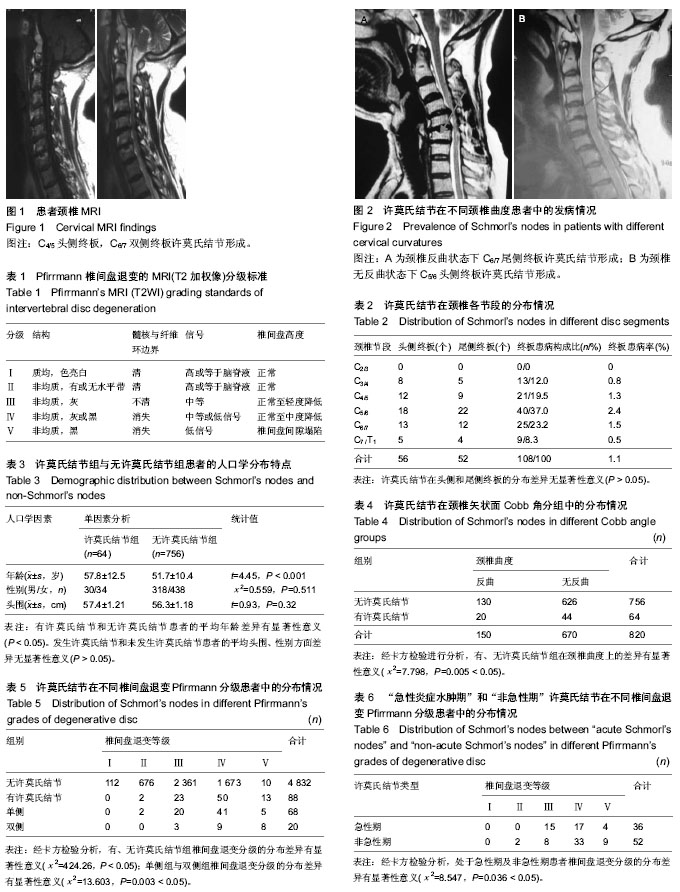Chinese Journal of Tissue Engineering Research ›› 2014, Vol. 18 ›› Issue (48): 7867-7872.doi: 10.3969/j.issn.2095-4344.2014.48.028
Prevalence and distribution of Schmorl’s nodes in cervical segment and its relationship with intervertebral disc degeneration
Cao Sheng1, 2, Zhang Xue-li2, Hu Wei2, Zhu Ru-sen2, Wan Jun2, Liu Yan2
- 1Graduate School of Tianjin Medical University, Tianjin 300070, China; 2First Department of Spine, Tianjin People’s Hospital, Tianjin 300121, China

